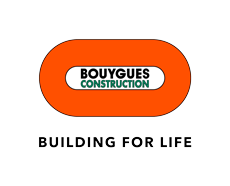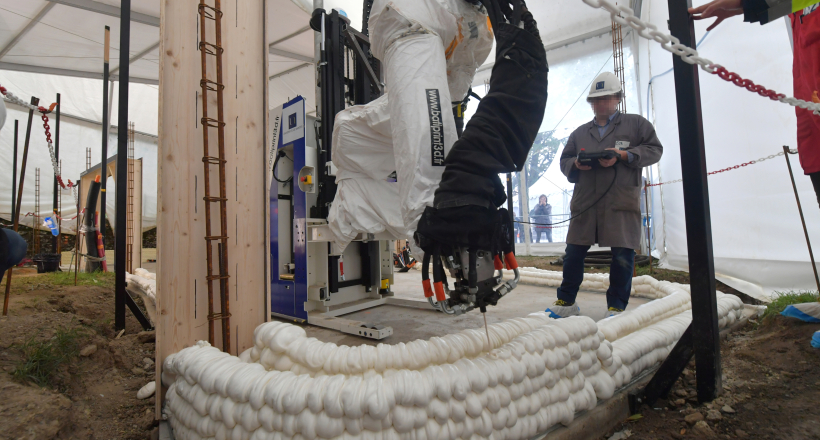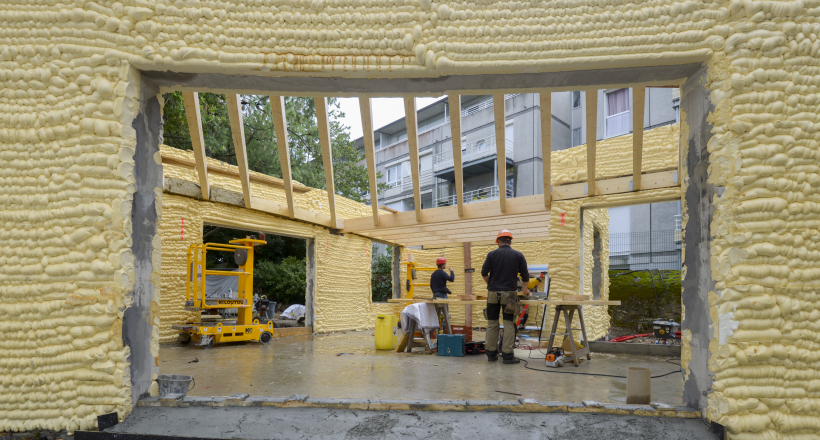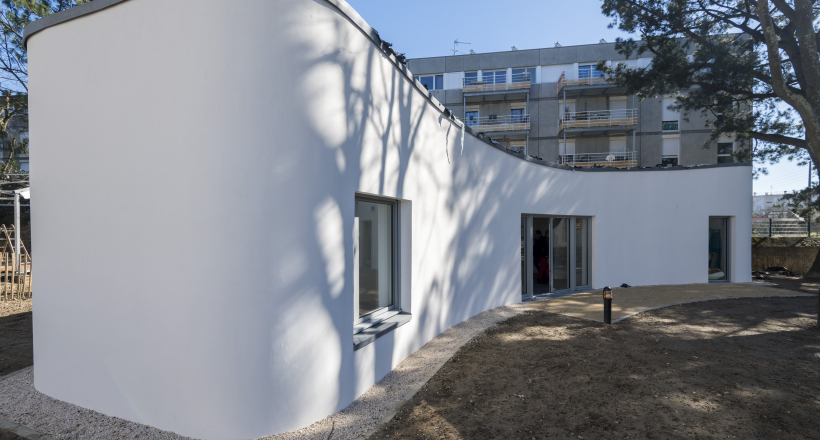3D printing to build a house:
3D printing to build a house: building innovation
A 3D printed house: shared innovation
BatiPrint3DTM, the patented technology used to print this 3D house, is the result of interdisciplinary studies conducted by Bouygues Construction, alongside research teams from the Nantes Digital Sciences Laboratory (University of Nantes, the CNRS, the Ecole Centrale, Inria, IMT Atlantique) and the Institute of Research for Civil and Mechanical Engineering (University of Nantes, CNRS, Ecole Centrale).
This consortium of academics, researchers and manufacturers is a world first.
3D house building: speed and efficiency
Using 3D technology, the 95m² home became a reality in just three days via the arm of a polyarticulated robot: two polyurethane walls with concrete poured between them. This process has a number of advantages, including free-form capabilities and speed of execution. Also, the thermal insulation is already in place at the end of the construction process.
Lower environmental impact than traditional buildings
Use of 3D printing has resulted in a reduction in the amount of concrete, C02 emissions, transport and pollution (noise, dust), etc.
According to Contour Crafting (University of Southern California), 3D printing could reduce CO2 and grey energy emissions by 75% and 50% respectively, compared with a conventional process. These results should be viewed against the level of product quality, which must remain the same, and the level of environmental quality.
Days of construction process
% cut in CO2 emissions



